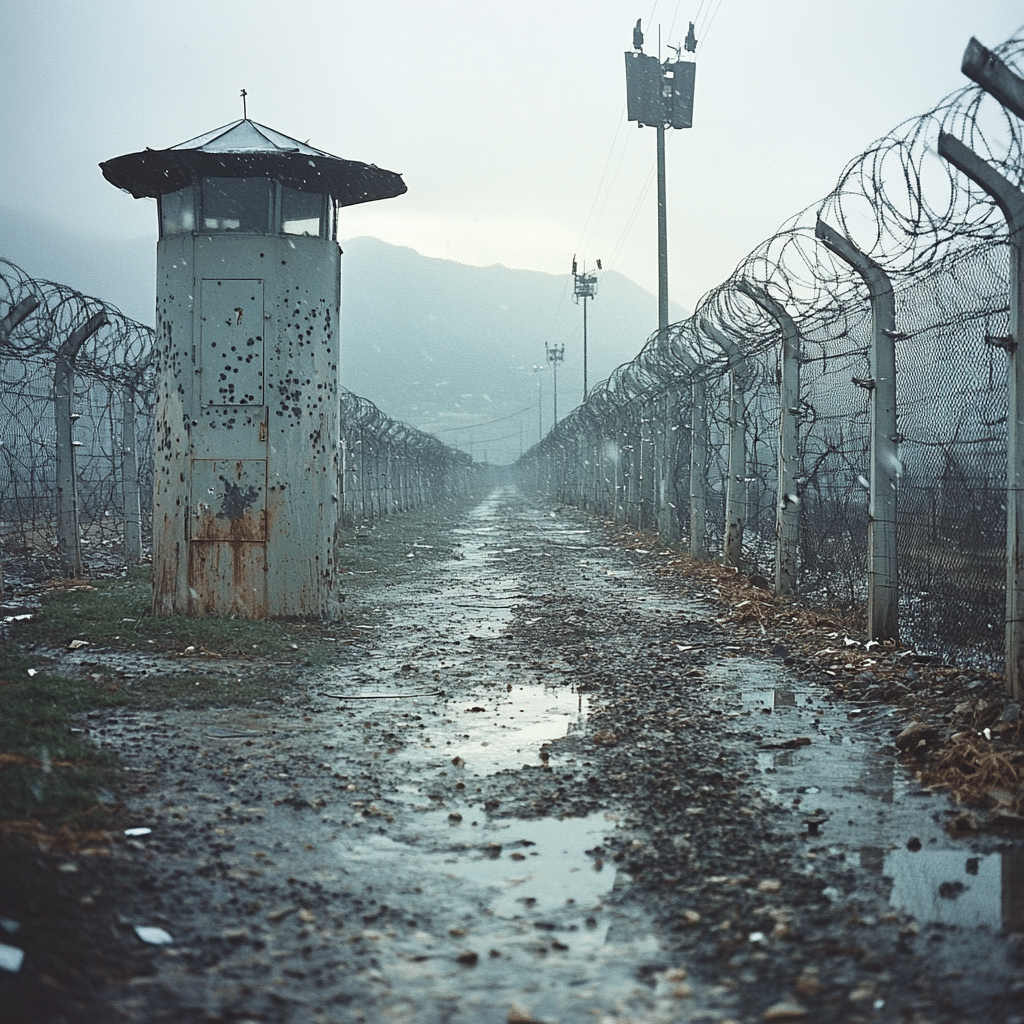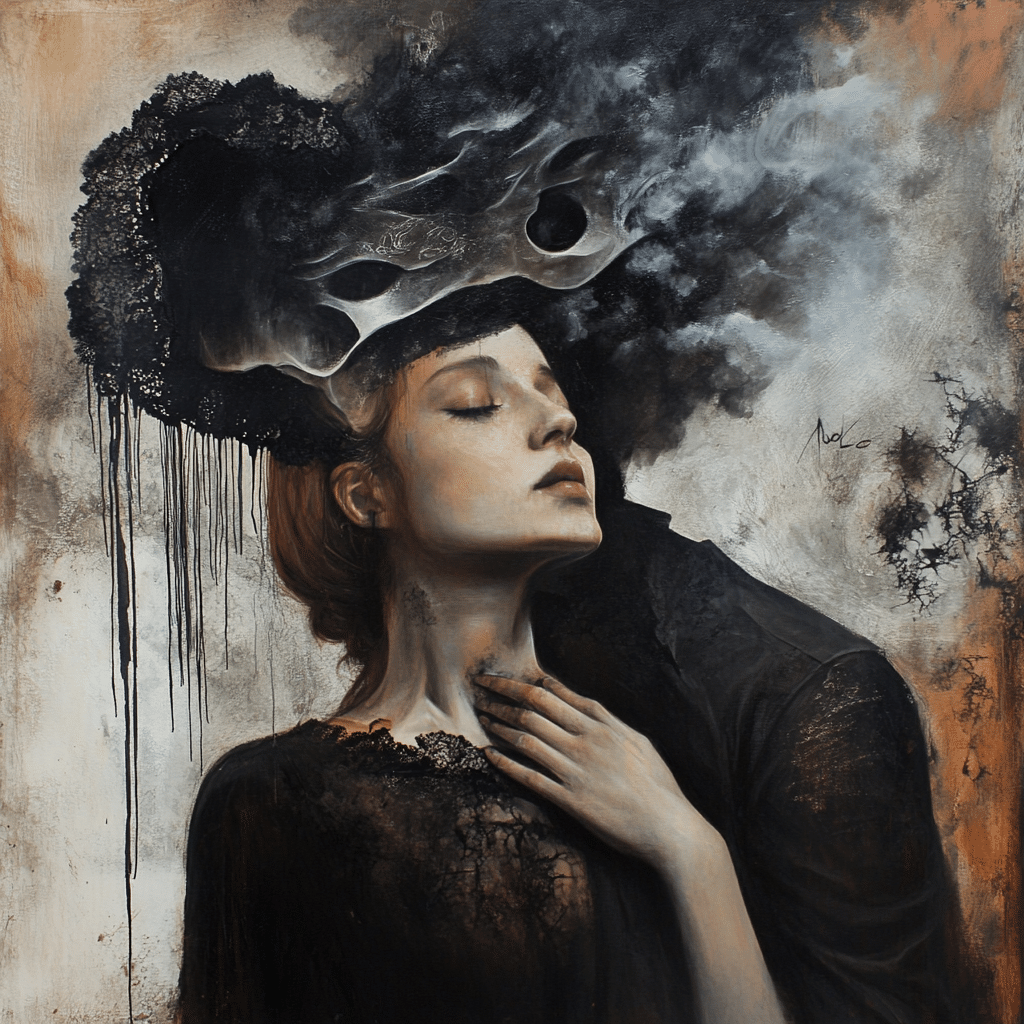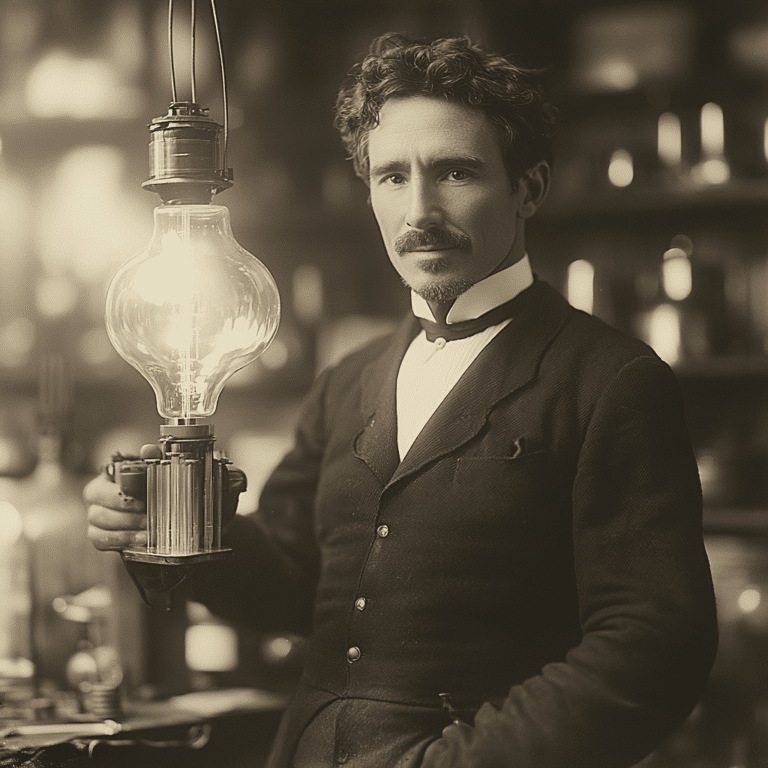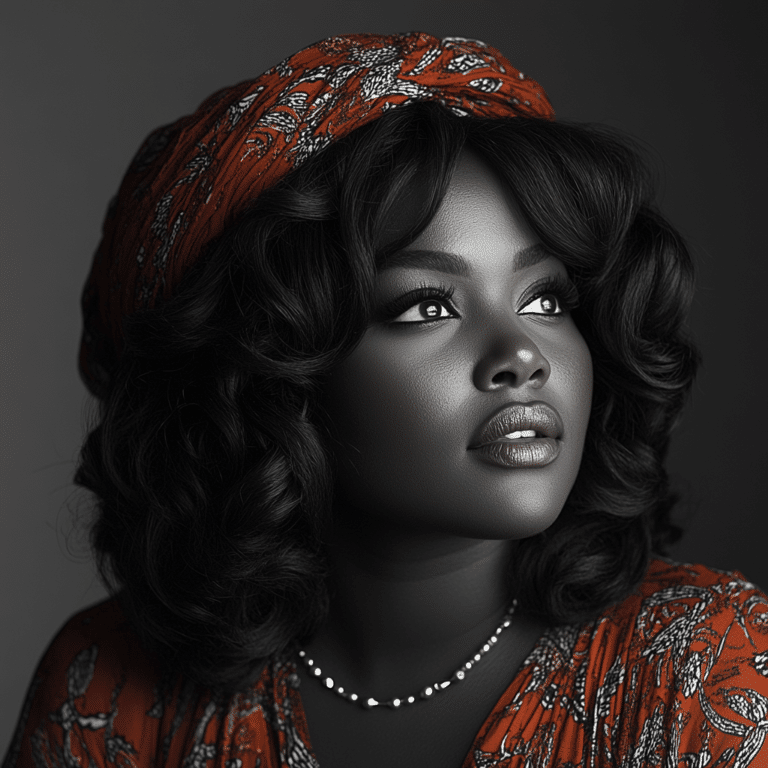In the realm of dystopian fiction, “The Handmaid’s Tale” stands as a haunting reminder of what can happen when society veers towards totalitarianism. Originally sparked by Margaret Atwood’s gripping novel, the narrative has taken on even more weight through the Emmy-winning series. It reveals a chilling world called Gilead, where women have been stripped of their rights and forced into servitude under a patriarchal regime. The handmaids, once ordinary women, now embody the fears and struggles faced by many in societies that forget to value autonomy and humanity.
Gilead operates under a strict theocracy, employing a variety of extreme measures to control women’s bodies and their roles within society. This makes “The Handmaid’s Tale” not just a story of survival but a reflection of the very real battles women face today. The chilling laws enforced by Gilead remind us to stay vigilant in protecting our freedoms before they slip away unnoticed.
As we dive deep into the themes, characters, and broader implications of “The Handmaid’s Tale,” we better understand its relevance to today’s world. Buckle up, because this journey through Gilead is not for the faint-hearted!
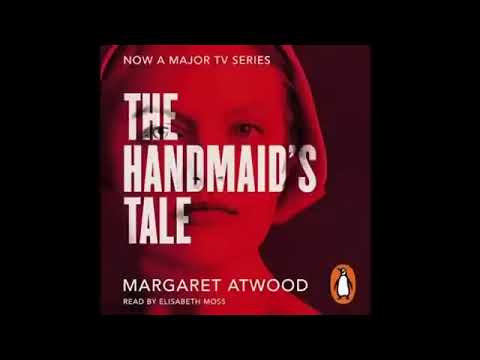
A Deep Dive Into Gilead’s Totalitarian Regime
The world of Gilead is crafted with meticulous care, showcasing a regime that seeks control over every aspect of life. The handmaids are stripped of their identities, renamed after the men who own them, and forced to bear children against their will. These harsh realities cast a long shadow over the characters, and as viewers, it’s hard not to feel empathy for their plight.
Eerie similarities exist between Gilead’s oppressive tactics and modern society. The government-sanctioned monitoring and control depicted in the series draws a striking parallel to real-world issues like the effects of the USA PATRIOT Act and rising data privacy concerns. It’s almost as if the stories are beckoning us to stay alert—an uneasy reminder that history has a way of repeating itself.
Ultimately, Gilead stands as a metaphor for the dystopian potential in our government systems. The fine line between order and oppression blurs eerily close in both the series and our lived experiences, urging us to question: how far could it go?

Top 7 Themes from The Handmaid’s Tale That Reflect Today’s Society
The brilliance of “The Handmaid’s Tale” shines through its ability to mirror contemporary societal challenges. Here are seven themes that echo both the struggles in Gilead and the realities many face today:

The Symbolism of Red: A Powerful Visual Language in The Handmaid’s Tale
Red isn’t just a color; it’s a living symbol in “The Handmaid’s Tale.” The striking red uniforms signifies the dual themes of fertility and oppression. Every time the handmaids don their red attire, they’re wrapped in a shroud that represents their suffering while simultaneously defying societal norms.
Scholarship has explored how color theory enriches narratives. The use of red in Gilead evokes emotional responses, perfect for emphasizing the intense struggles the handmaids face. It gives a visual representation of their lives—where every thread tells a story of pain and resistance, creating a poignant impact.
When you’re watching the series, pay attention to how these colors inform the narrative. It’s a powerful reminder that the smallest details can carry immense weight.

Character Analysis: The Handmaids’ Journey to Agency
The show brings central characters to life, with Offred and Serena Joy leading the charge. Offred’s journey transforms from submission to subtle rebellion; she begins to seek a glimmer of agency in a world designed to dehumanize her. Her struggles resonate with many who’ve faced systemic oppression in their own lives.
On the other hand, Serena Joy offers a complex take on antagonism within Gilead. She experiences oppression despite her supposed power, raising uncomfortable questions about complicity in systemic issues. Dismantling these layers forms a narrative that’s rich with commentary on women’s experiences today.
Seeing their journeys encourages viewers to ponder personal agency and resistance. It speaks volumes that these characters embody both the struggle and the spirit of women everywhere—emphasizing the hard-won battles we continue to fight.
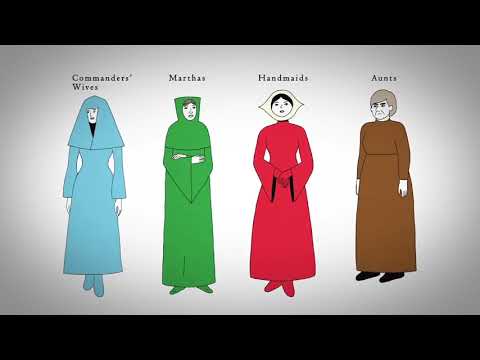
The Cultural Impact of The Handmaid’s Tale on Feminism and Pop Culture
“The Handmaid’s Tale” has had a profound cultural impact since its debut. The themes of the narrative have fueled discussions on feminism, inspiring numerous artistic expressions, from art installations to protest movements. People visibly draw parallels between Gilead’s laws and contemporary legislation, especially during protests at state capitols—a clarion call against any attempt to infringe upon women’s rights.
It’s impossible to ignore how this series has sparked a cultural reset, prompting discussions and re-examinations around women’s autonomy. Recent adaptations have made the story accessible to an even broader audience, reaffirming the urgency of these topics.
The series remains a touchstone in pop culture that stitches together narratives of empowerment and critique. As “The Handmaid’s Tale” continues to resonate, it becomes not just relevant but necessary.
Future Implications: Lessons from The Handmaid’s Tale
As we stride into 2024, the lessons hidden in “The Handmaid’s Tale” ring clear. They shine a light on the importance of societal oversight and engaged citizenship. Whether through supporting women’s rights or participating in local governance, every action counts in preventing the dystopian future Atwood warns against.
Engagement goes beyond the screen. It challenges viewers to reflect on their roles within society. From understanding reproductive rights to tackling gender discrimination, the responsibility lies with us to keep fighting.
At the end of the day, the series illustrates that fiction can serve as both a warning and a wake-up call. The tales of Gilead compel us to nurture a society that values justice and equality—making every effort toward a brighter future urgent and vital.
A Call to Reflect and Act Beyond Gilead
“The Handmaid’s Tale” acts as a cautionary tale, gently tugging at our consciousness while urging us to recognize how fragile our rights can be. It opens a dialogue on the complex dynamics of power, gender, and autonomy, reminding us that we must stay informed to protect our freedoms.
As we delve into these narratives, the challenge remains—how do we ensure that fiction doesn’t cross paths with reality? Ongoing debates surrounding issues of gender and autonomy are vivid reminders of the battles fought and those still to come.
In the spirit of solidarity and resistance, let’s advocate for a future where every voice counts. Together, we can ensure that the handmaids’ struggles resonate as warnings, not blueprints for our own society. So, as we turn off the screen and step back into our lives, remember: it’s our turn to protect the future.
Handmaids Tale: Fun Trivia and Interesting Facts
Behind the Scenes
Did you know that the chilling atmosphere of the Handmaid’s Tale was masterfully crafted by a top-tier production team? The showrunner, Bruce Miller, made sure to channel elements that resonate with readers of Margaret Atwood’s original novel. In fact, various visual details pay homage to the book’s stark themes, much like how a golden goose sale shrewdly capitalizes on premium branding! As you dive into the show, keep an eye out for hidden symbols and layered meanings, echoing themes reminiscent of CS Lewiss philosophical writings on morality. And for those who love behind-the-scenes action, the latest updates from Loaded Video often offer great insights into what goes on in Gilead’s depiction!
The Impact of Dystopia
The Handmaid’s Tale not only captivates viewers but has also sparked discussions about societal structures and gender roles. By drawing parallels between these dystopian themes and modern-day issues, the show has become a cultural phenomenon. Interestingly, its success during award season, clinching numerous nominations at the Academy Awards, showcases how art can intersectionally comment on reality. If you’re ever curious about the show’s inspiration, it’s fascinating to consider how historical figures, like Geraldine Largay, influenced the notion of survival in dire circumstances—contrasting sharply with the handmaids’ plight.
Cultural Resonance
A fun trivia point: The striking visuals of the series draw also from elements seen in video games like Gran Turismo 7, illustrating that storytelling can reach beyond traditional formats. In addition to this, the show continuously engages critics and fans alike, with many drawing connections to contemporary events. Sometimes, the dialogue reflects sentiments found within emotional narratives, such as “death can’t hear” the outcries of the oppressed, a phrase that resonates deeply amidst the show’s struggles. It’s clear that the Handmaid’s Tale doesn’t shy away from harsh realities. Just like a lieutenant guiding troops through chaotic battlefields, the characters navigate their challenging lives with a mix of resilience and despair.
This unique synthesis of trivia not only deepens our understanding of the Handmaid’s Tale but also celebrates its vital cultural impact, reminding us of the conversations we need to have in today’s world. It’s a haunting journey that, like all great stories, reflects truths we may find hard to confront.


